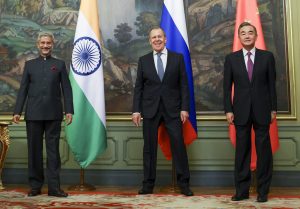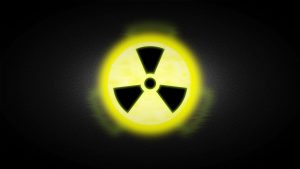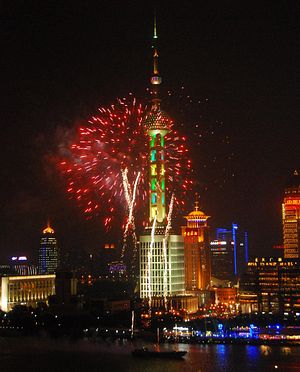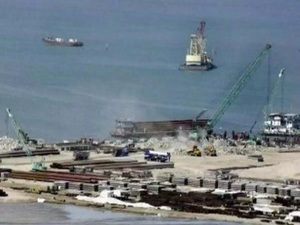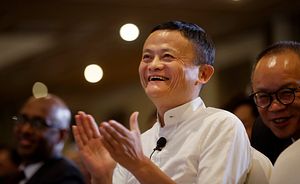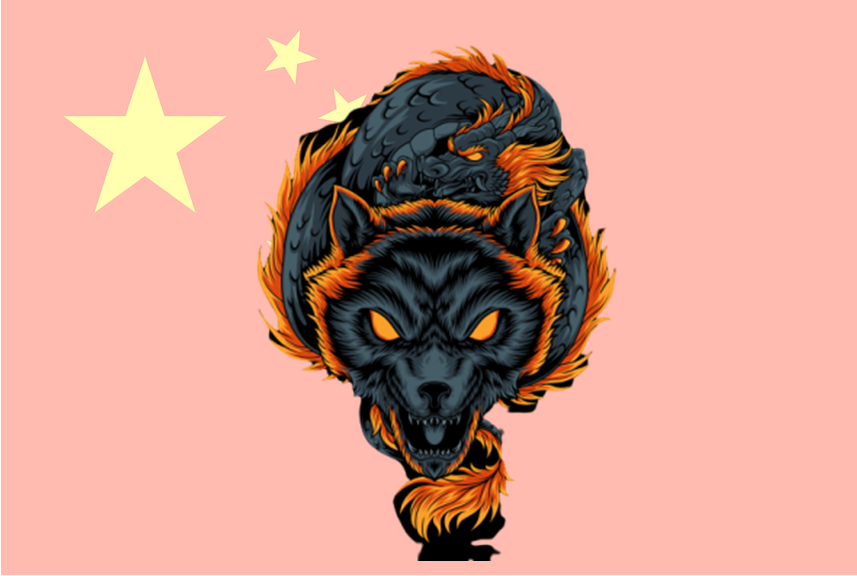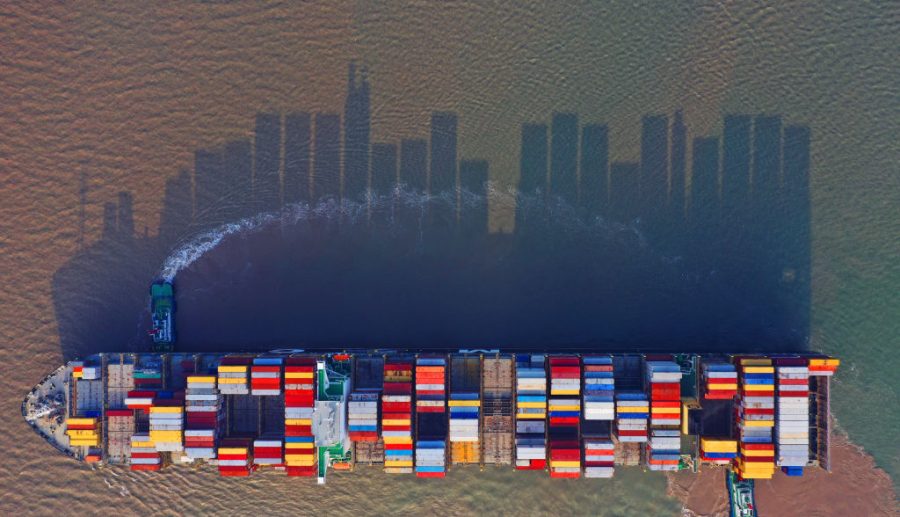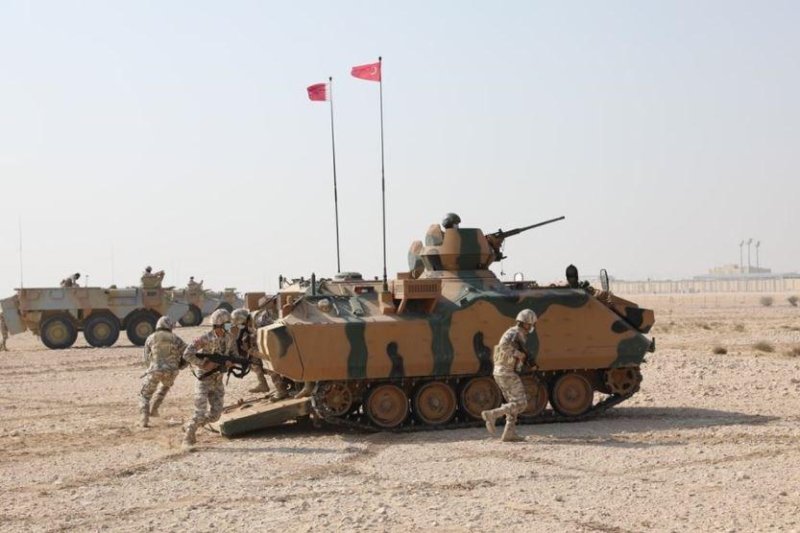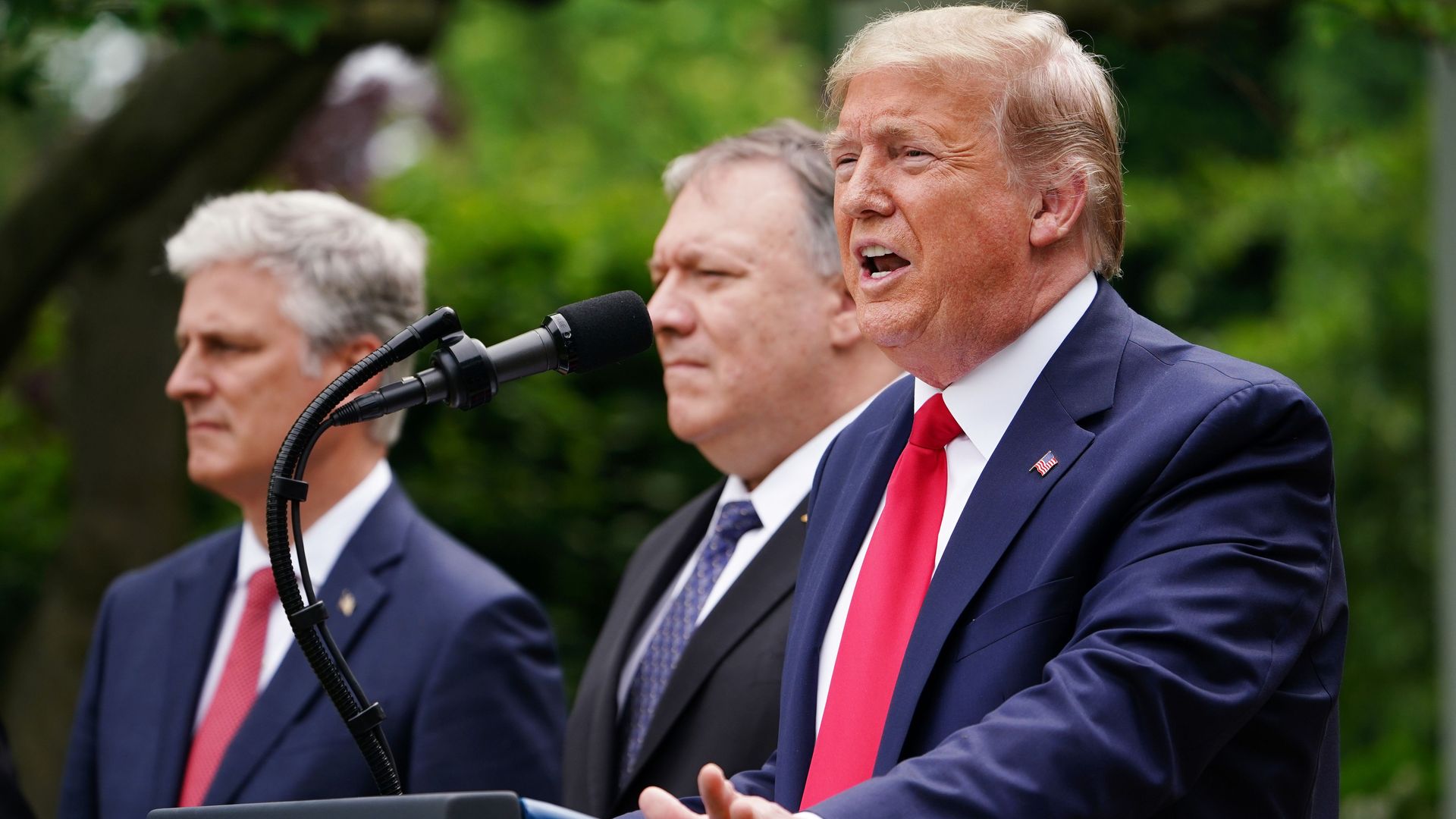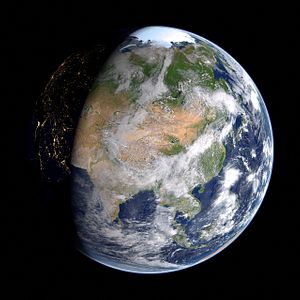BY BRAHMA CHELLANEY
NEW DELHI – The year 2020 will be remembered not only for the COVID-19 shock and the end of Donald Trump’s presidency in the United States, but also as a moment of reckoning for China. With its international reputation battered by the pandemic, and with pushback against its territorial overreach intensifying, China’s ability to pursue its geopolitical ambitions is diminishing rapidly. Nowhere is this more apparent than in its relations with India.
The shift began in May. As the brutal Himalayan winter receded, a shocked India found that Chinese forces had occupied hundreds of square kilometers of borderlands in its northernmost Ladakh region. The encroaching forces, backed by thousands of troops in the rear, had seized mountaintops and other strategic vantage points, and the People’s Liberation Army had established forward bases, blocking India’s access to areas along the disputed frontier that had been under its exclusive jurisdiction.
It was a cynical attempt to exploit not only the chaos and hardship caused by China’s most infamous global export, COVID-19, but also Indian Prime Minister Narendra Modi’s long-standing appeasement policy. In the previous six years, Modi had met with Chinese President Xi Jinping 18 times, in the hope of fostering friendlier relations (and weakening the China-Pakistan axis).

